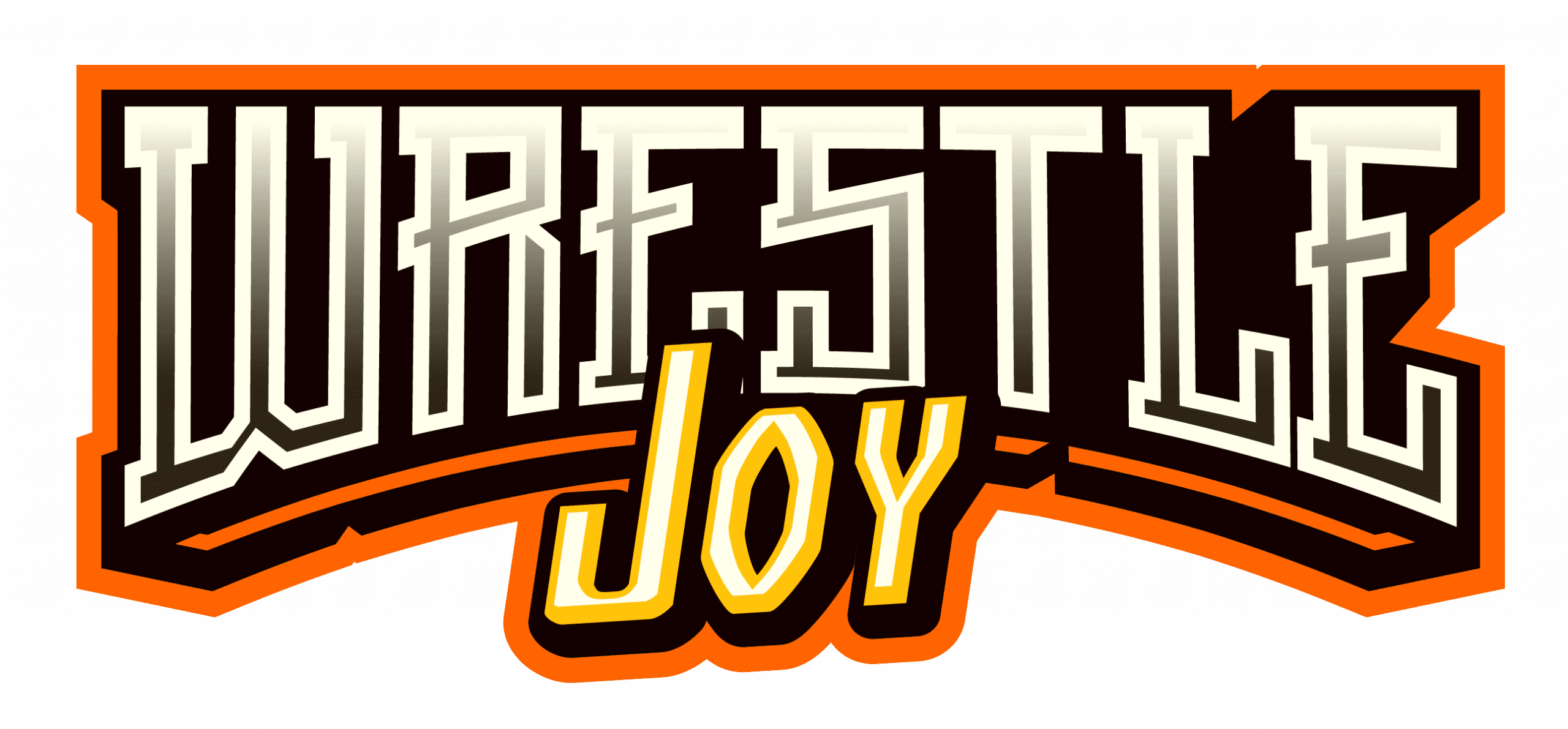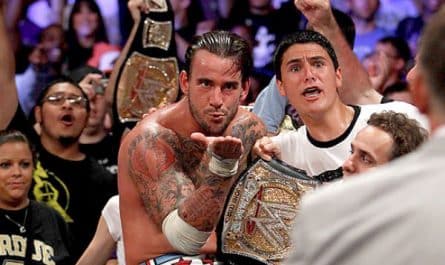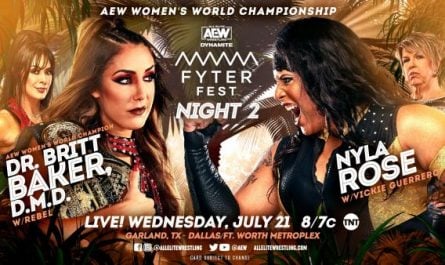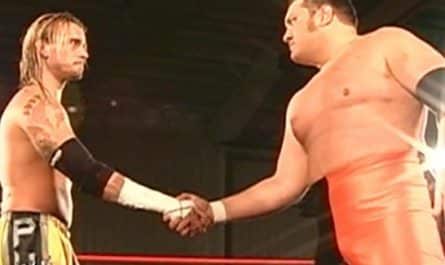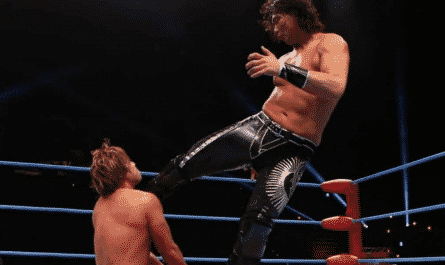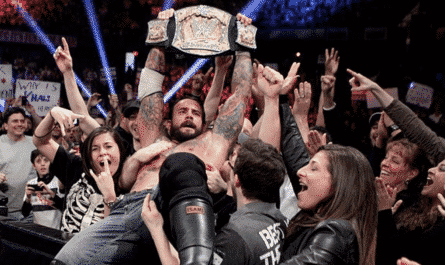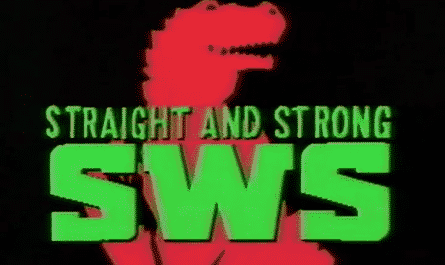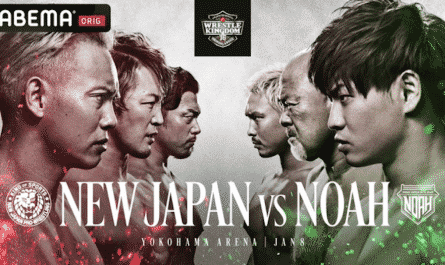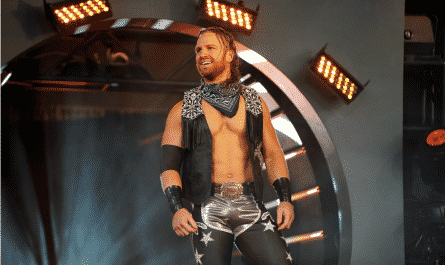This column is inspired by the most recent episode of the Between The Sheets podcast.
In the mid-80s, the rest of the professional wrestling fought to catch up to Vince McMahon’s WWF promotional machine. McMahon had already amassed a syndicated television network that stretched across the country. To keep up, many promoters followed McMahon into a National Wrestling War that destroyed nearly everything in its path. However, just because those promotions failed to keep pace with the WWF doesn’t mean they weren’t creating fantastic television. Such was the case of Robert Fuller’s Continental Championship Wrestling, which took its territory’s DNA in the summer of 1985 and boosted it across the country in what became the promotions signature feud. Two wrestling family’s fought for supremacy in the deep south. The Fuller’s and the Armstrong’s became Continental’s answer to the Hatfield’s and McCoy’s.
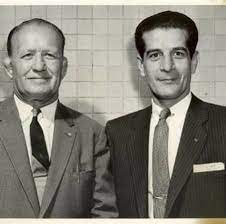
In the early-1950’s, Roy Welch purchased Mobile, Alabama, and Pensacola, Florida, from Leroy McGuirk’s Tri-State territory. Welch had already been promoting Knoxville, Tennessee with partner, Nick Gulas. After naming his son, Buddy Fuller, the booker, the territory became Gulf Coast Championship Wrestling. Welch eventually sold his interest in the territory and gave up control of the Tennessee end. The Welch/Fuller family remained the major power-brokers in the area. When Buddy Fuller struggled to keep the promotion afloat, they sold to Lee Fields, a Welch cousin. Fields ran Gulf Coast until Roy Welch’s grandson Ron Fuller came into the picture.
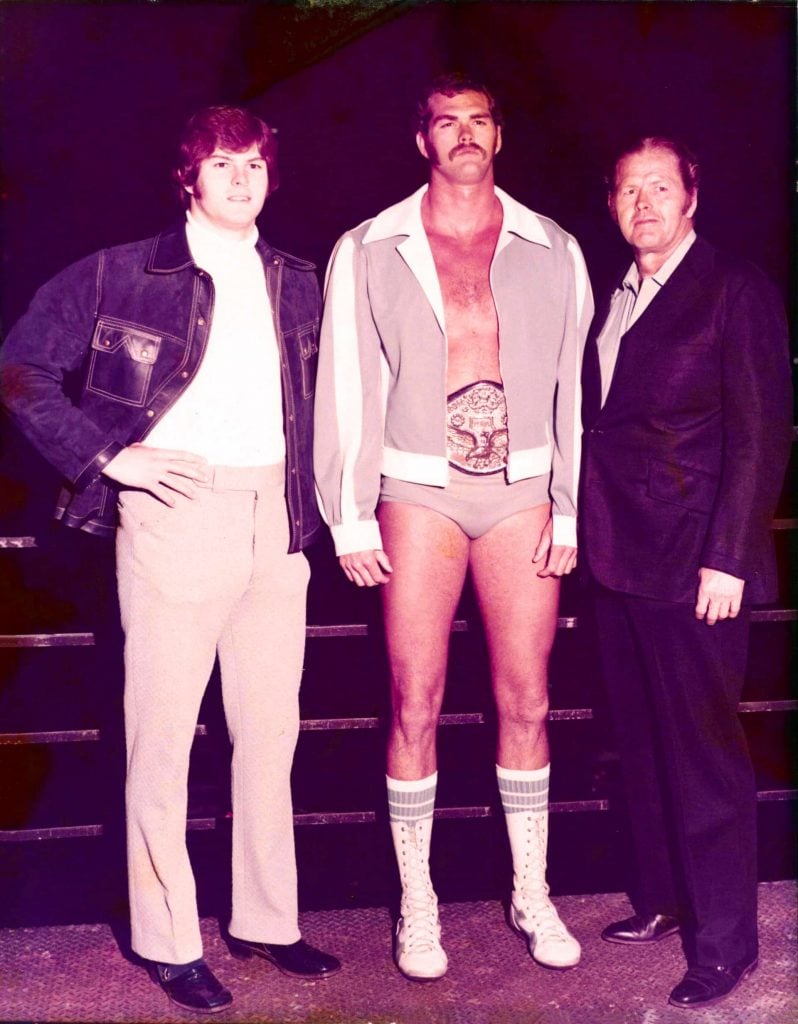
At 6’9, Ron Fuller was a basketball star at the University of Miami before following into the family business. Fuller purchased the controlling interest of Knoxville in 1974, renaming the promotion Southeastern Championship Wrestling and eventually acquiring his cousin’s Mobile/Pensacola stakes in 1978. After a bitter war with the upstart All-Star Championship Wrestling (led by Bob Roop, Ron Garvin, and Boris Malenko), Ron Fuller sold the Knoxville end to Jim Crockett and focused his interests in Alabama. As a talent, Fuller was the top star. In the early 80s, the Tennessee Stud was drawn into a feud with Southeast Tag Champions Jerry Stubs and a young Arn Anderson. Fuller struggled to find a tag partner until aligning with another top star in the area, Bullet Bob Armstrong.
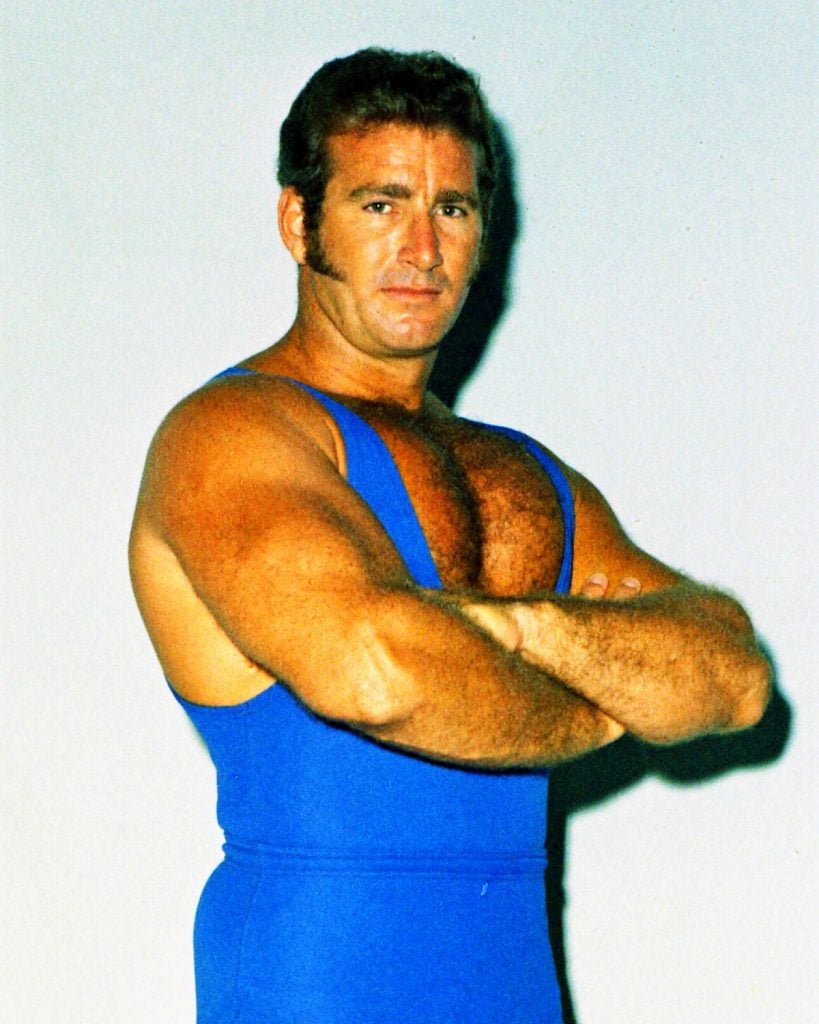
Bob Armstrong made his name in the 70s as a star in Georgia and Alabama, becoming one of the area’s most beloved babyfaces. During a legit workout session, the bench Armstrong was using broke, and the EZ-bar, which held 180 lbs at the time, crashed onto his head, tearing his nose from his face. After extensive reconstruction surgery, Armstrong donned a mask and became known as The Bullet. In reality, the mask was used to protect Armstrong’s face while the injuries healed. On-screen promoters would use the hood as a play on Dusty Rhodes’s Midnight Rider gimmick.
Everyone knew Armstrong was under the mask, which incensed the heels. The Bullet became such a success that Armstrong would break out the character from time to time throughout the rest of his life. When Armstrong teamed with Fuller, he was in his early 40s and had brought his own sons (Scott, Steve, and Brad) into the business. When Fuller and Armstrong tagged against Anderson and Stubbs, Fuller turned on the beloved Armstrong, igniting a feud that would last for years. Teaming with Anderson and Stubbs, Fuller was joined by another cousin, Gorgeous Jimmy Golden (known to WCW fans as Bunkhouse Buck) as the Stud Stable.
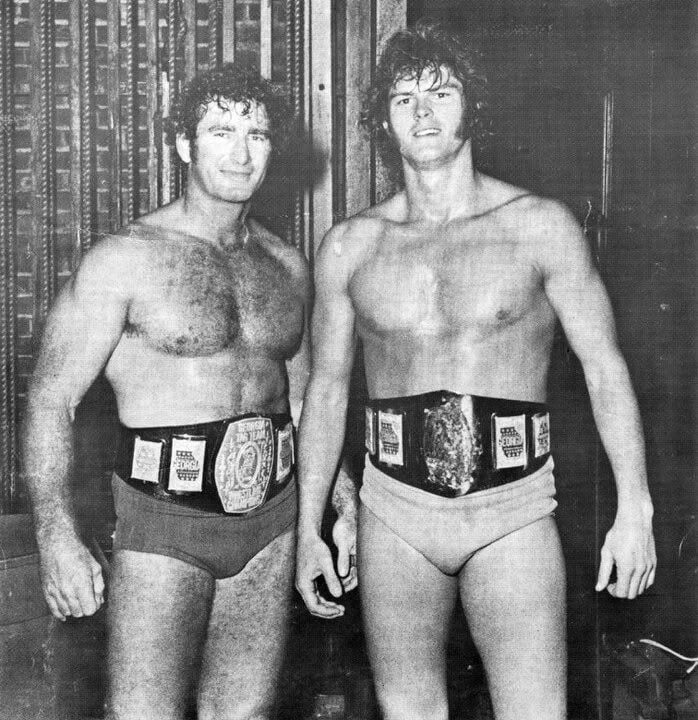
As a promoter, Fuller understood what was happening to the territories. Fuller bought back his interests in Knoxville and rechristened Southeastern as Continental Championship Wrestling. While the company kept its hub in Alabama/Pensacola, the show was moved to Boutwell Auditorium in Birmingham to give the program a major league feel. Fuller also brought in legendary commentator Gordon Solie, who left Georgia Championship Wrestling after it was acquired by the WWF the year prior. Though Fuller was aware Jim Crockett had plans to control Ric Flair and the NWA World Championship for himself, CCW remained loyal to the NWA. But to grab national attention, Fuller would need an impactful story. He only needed to dig into his recent history.
Many consider the August 17th, 1985 episode of Continental Championship Wrestling the event that propelled the territory into another level. The show is a perfect representation of pro wrestling TV in the 1980s. We’re welcomed to Birmingham by the familiar tones of Yazoo’s Situation (wrestling routinely used popular music for their programming, IP laws be damned!) and Solie, who lays out the show. Solie also informs us that the dark match main event wouldn’t be seen on TV. This wasn’t uncommon, as promotions routinely used dark matches between major stars to draw fans to long TV tapings. What is weird is Solie announcing it on TV. Usually, the announcers would ignore dark matches on TV because the viewers wouldn’t see them. However, this particular main event, a steel cage between Fuller and Golden vs. Armstrong and Robert Fuller, was exciting.
At 6’6, Robert Fuller (better known to WCW fans as Col. Robert Parker) was Ron’s younger brother. While Ron Fuller was long known to Southeastern/Continental fans as a convening heel, Robert would often remind people that he wasn’t like his brother or cousin. Disgusted with his own family, Fuller agreed to step into the cage with Armstrong to stand against the Stud Stable in a loser-leaves-town match. It just wouldn’t be on TV, as Solie again reminded the viewers.
Fuller had built an impressive roster. The opening bout featuring Roy Lee Welch (another member of the Fuller Family) teaming with Mike Nichols (not to be confused with New Japan’s Mikey Nicholls) to face the Southeastern Tag Champs, The Nightmares. The team of Danny Davis (former OVW owner/trainer) and Ken Wayne under their blue hoods successfully defended their titles in a solid opening bout.
Afterward, Ron Fuller and Golden come to the announce desk, demanding Solie put their cage match on TV. They want folks across the country to see what they would do to Armstrong and their own blood. For some reason, Solie has the power to make this main event a TV match. The fans erupt, knowing what they’re about to witness.
In the same week that Jim Crockett basically told the rest of the NWA that Flair’s primary commitments were to his promotion, CCW runs a fantastic music video of the champ’s highlights set to Pat Benatar’s Fire and Ice. After the CCW debut of Brickhouse Brown, we’re treated to an interview with Exotic Adrian Street, who’s feuding with Austin Idol (who manages the current NWA World Champion Nick Aldis) over the Southeastern Championship. After a win from former NWA World Champ Wildfire Tommy Rich, Solie interviews Continental Champion, The Flame (the recently deceased Masked Assassin #1). The show is an excellent example of the talent working with Continental before gearing up for the main event.
Finally, the cage is up as Ron Fuller and Jimmy Golden make their way to the ring for the loser-leaves-town match. As George Thorogood’s Bad to the Bone played over the PA, Armstrong and the younger Fuller made their way out. Armstrong immediately attacks his rivals, while Robert Fuller takes his sweet time entering, making careful attention to ensure that the cage door is locked. As Armstrong is ready to finish Ron Fuller early, he’s attacked by his own partner.
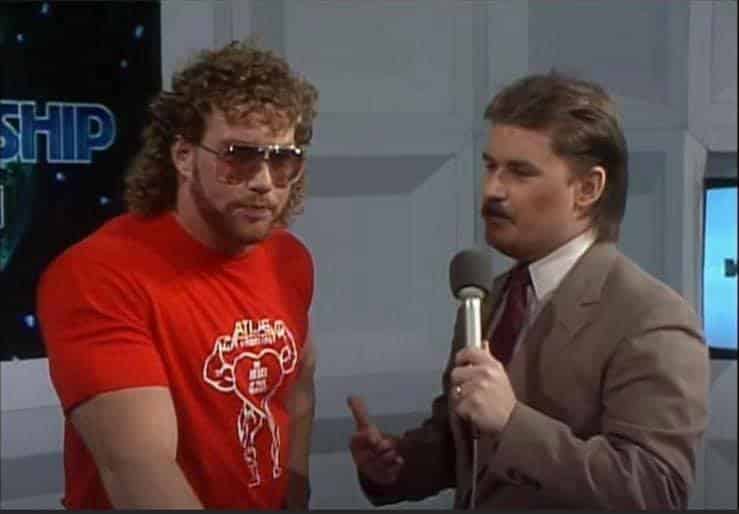
Robert Fuller, who’d never been a heel in Continental, turned on Armstrong, and the Fuller family lays waste to the legend, nailing him with a 3-on-1 assisted piledriver. Scott and Steve Armstrong rush to ringside to help their dad. With the door locked, the boys try scaling the cage but get their hands smashed by Golden and Ron Fuller. Inside, Robert Fuller hooks in the deviating Fuller leg lock (essentially an MMA calf-slicer). The fans explode when Brad, the oldest Armstrong brother, makes his surprise return to Alabama. Brad Armstrong (who looks shockingly like Kenny Omega) was working for Bill Watts in Mid-South at the time. Brad finally leaps into the cage and sends the heels running.
As the show closes, Brad Armstrong cuts an impassioned promo, possibly the best of his career, talking about the vengeance he’ll seek against the Stud Stable. The show ends, but the rivalry has just begun. Eventually, the Armstrong boys and the Fullers will face each other in another cage match, this time featuring the return of the masked Bullet. The Fuller/Armstrong war is the event that sets Continental apart from its predecessors, doing significant business. However, because of the real-life Ron Fuller’s adversarial relationship with the Apter magazines and the newsletters, this run, and Continental in general, this fantastic feud didn’t get the proper attention in its era. It’s only been in recent years, and thanks to Youtube, fans can go back and discover the greatness of this feud and Continental as a promotion.
This episode of Continental Championship Wrestling and a good chunk of the run is available on Youtube.
